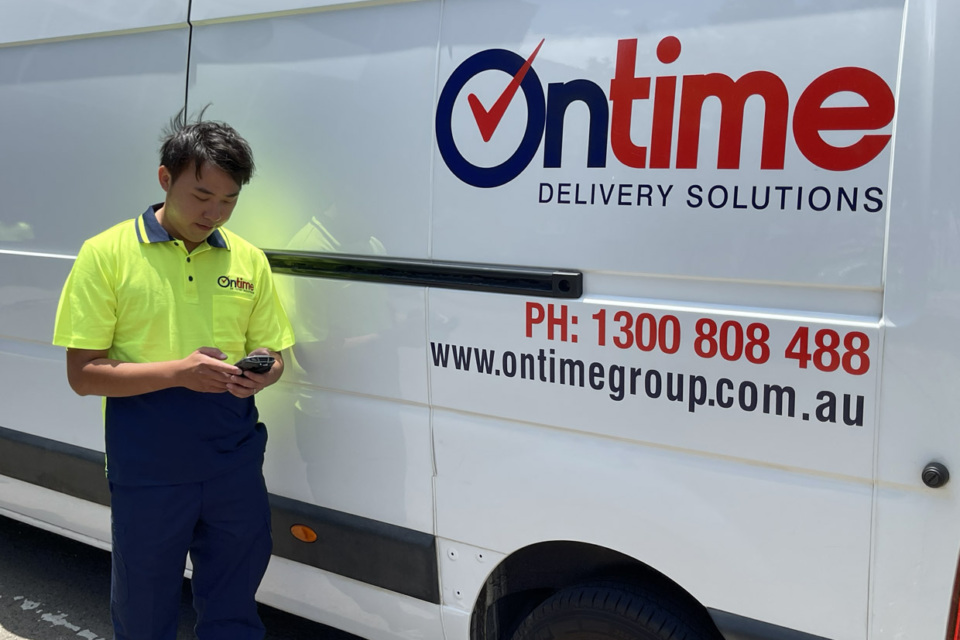Six rules for rocking parcel deliveries in 2017

More businesses than ever are relying on parcel deliveries to customers. But a big challenge is the rise in customer expectations.
It’s no longer acceptable to be late, show up with the wrong delivery or fail to update customers on a delivery’s status when they need it.
While you can’t plan for every possible contingency – for example, there’s no way of knowing if a vehicle is going to be caught in an unexpected traffic meltdown – following these six rules for deliveries will make you look good and keep your customers coming back:
1. Use correct packaging
It’s so tempting to scrimp on packaging, and grab any old box lying around. But if it isn’t strong enough to be handled on several occasions, through many hands and via automated conveyors, then your customers could be in for a nasty surprise which they won’t easily forget.
Size matters – a carton that’s too big can be as troublesome as one that’s too small. Anything remotely fragile must be protected as broken goods at point of delivery will cost you.
Can you use second-hand packaging? Using second hand cartons is common and is fine provided the carton is still in good condition and the appropriate size.
2. Label clearly
You may be surprised how often people leave previous address labels on second-hand cartons. There might be two or three different addresses in view, creating untold confusion. Ensure all previous address labels are no longer in view – you must insist on one address only.
There is no room for subtlety: any label must be a good size which can instantly be seen by an operator during the sorting process.
A return address is essential.
3. Wrap items properly
It’s better to slightly overdo it and go with extra layer of protection for something which may at risk of being damaged in transit.
Try to make a package easy to unwrap, but be careful not to compromise stability or security.
4. Inform customers
Everyone from taxis to postal services to pizza deliveries now provide an update on delivery status. Can your business afford to be the odd one out?
Even smaller business can now access smartphone-based telematics systems cheaply, keeping customers informed about their delivery status.
There are many ways to track a delivery, which both informs customers and protects you from potentially lost or misplaced parcels – for example, QR codes can automatically update customers on their delivery status, and has advantages for managing inventory and proof of delivery.
5. Use a reputable\proven carrier
Many companies which run delivery fleets use some degree of outsourcing, which provides flexibility for adapting to peaks and troughs. But beware of false economy: The cheapest delivery provider may cost your business in the long run. Prioritise service, care and reliability over price.
Remember, in some cases the delivery people will be your only actual contact with the customer – ensure they value your business as their own.
6. Understand the true costs
Delivery transport can be a top five business cost, yet many organisations cannot accurately put a finger on it – this makes it impossible to be truly efficient in this part of your operations.
Maintaining efficiency never stops. The companies which do it best analyse their costs using cost analysis tools, and measure performance via telematics systems – with constant vigilance it’s possible to keep costs contained.
To talk to the Ontime team about tailored delivery solutions for your business call us on 1300 808 488.